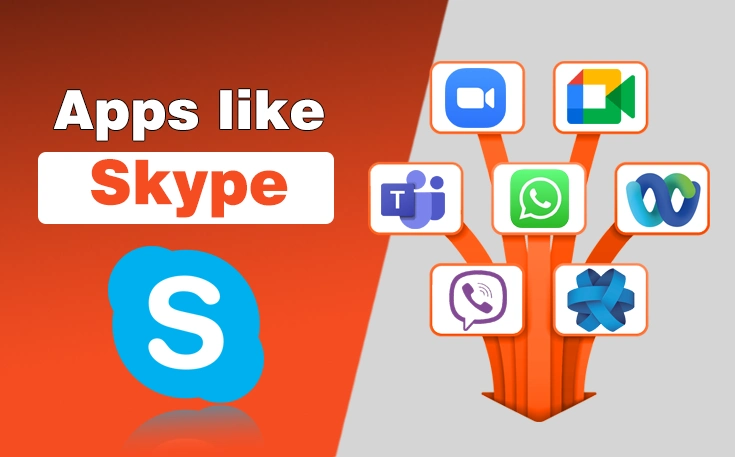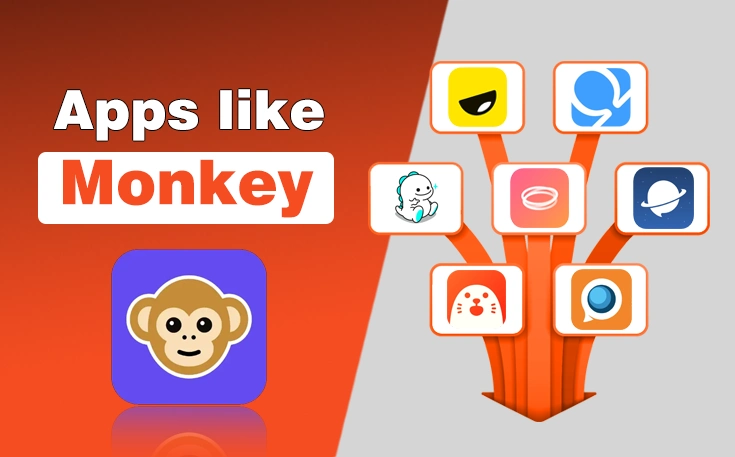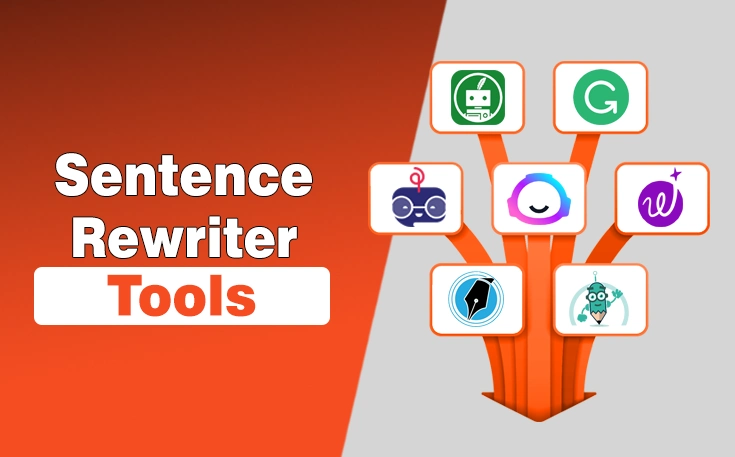We all remember when Skype was the go-to platform for video calls, voice chats, and instant messaging a true pioneer in the digital communication space. In fact, Microsoft once believed in it so much that they spent a staggering $9 billion to acquire it. Fast forward to today, and Skype has quietly stepped out of the spotlight, retired in favor of newer, more powerful platforms.
Since, we all are aware with the fact that Skype is about to Shut down on May 5, 2025, a rapid progression in “Apps like Skype” have been observed.
To save you time, we have carefully handpicked the best 12 Apps like Skype that serve as Skype Alternatives, catering to different needs such as business meetings, team collaboration, online learning, and casual chats with friends and family. These platforms offer smooth communication and efficient collaboration.
So, without further ado, let’s begin!
12 Best Apps Like Skype to Use as Skype Alternatives
Do you want to continue your video conferencing and remote team collaboration after Skype shuts down? Consider these best apps like Skype.
List of Best Apps Like Skype
- Zoom – Best for reliable, large-scale video conferencing and webinars.
- Google Meet – Best for seamless meetings integrated with Google Workspace.
- Microsoft Teams – Best for team collaboration combining chat, meetings, and file sharing.
- WhatsApp – Best for instant messaging and voice/video calls with global reach.
- WebEx – Best for enterprise-level video conferencing and secure virtual meetings.
- Viber – Best for free voice and video calls with strong privacy features.
- Jami – Best for decentralized, secure, peer-to-peer communication.
- WeChat – Best for all-in-one messaging, social media, and mobile payments in China.
- Talky – Best for simple, no-signup video chats via browser.
- ClickMeeting – Best for hosting online webinars and educational sessions.
- RingCentral – Best for unified business communication including calls, messaging, and video.
- GoToMeeting – Best for professional online meetings with high-quality video and collaboration tools.
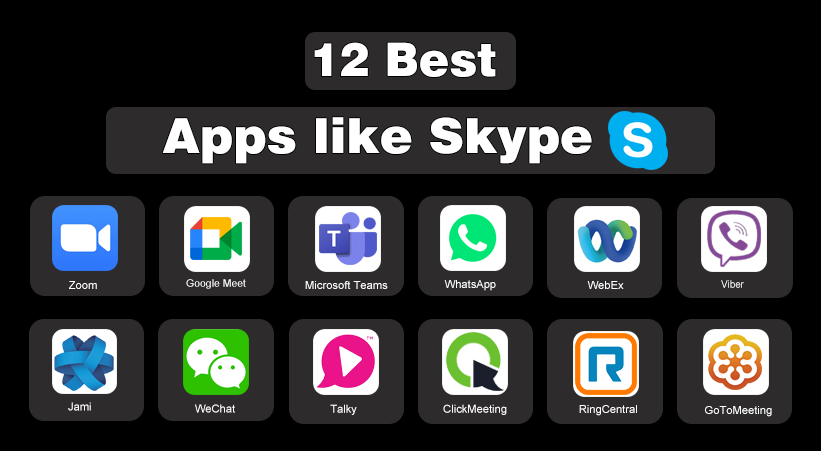
1. Zoom
Zoom is one of the most prominent apps like Skype for video conferences, team collabrations and online meetings to stay connected. It allows you to host video conferences effortlessly using any device that has a camera.
Either you can use your mobile device’s web browser or install the app on your computer. At a time, it provides with the facility to schedule meetings with up to 100 attendees. And that, too, without any charges.
Not to forget, it features a free plan that has a 40-minute meeting cap. That’s great for short calls or quick team chats. If you need longer meetings, the paid plans let you talk for up to 30 hours and include tools to help you work with large groups—sometimes even hundreds of people.
Thanks to its reliability, ease of use, and high-quality video and audio, Zoom stands out as a powerful alternative to Skype, especially for businesses and educators looking for seamless virtual communication.
Key Features of Zoom
- High-quality virtual meetings with up to 100+ participants.
- Lets you share your full screen, specific apps, or presentations in real time.
- Customize your video background and appearance.
- Split participants into smaller groups for focused discussions.
- Works on Windows, macOS, iOS, Android, and the web.
Pros and Cons of Zoom
| Pros | Cons |
|---|---|
| HD audio and video quality | Free plan limited to 40-minute group meetings |
| Large meetings of up to 1,000 participants can take place | Can consume significant bandwidth and system resources |
| Reliable meeting recording (local & cloud options) | Some features are only available in paid plans |
| Virtual backgrounds and appearance enhancements |
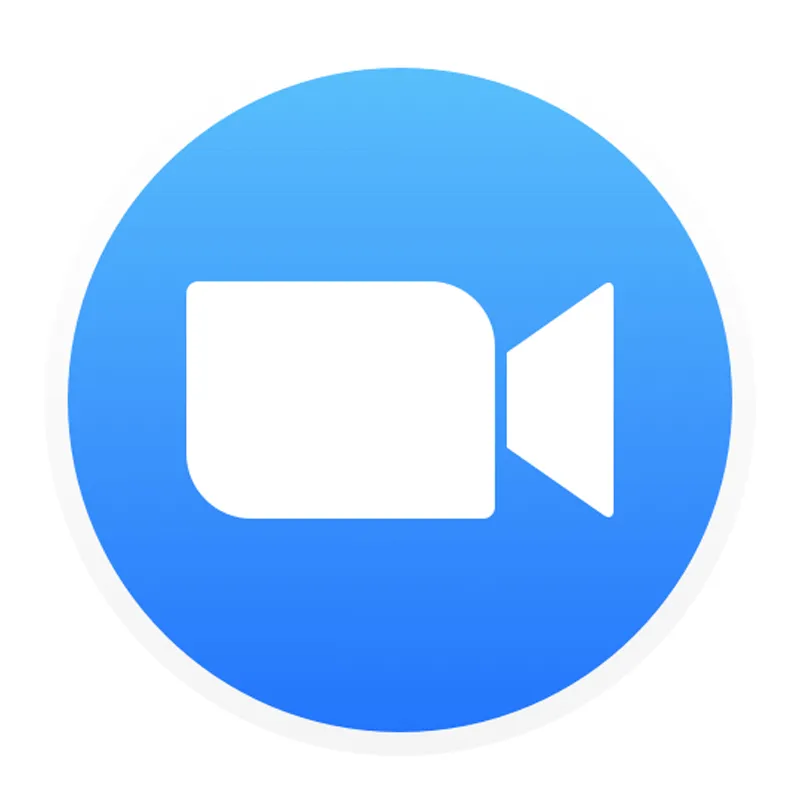
2. Google Meet
Google Meet is another popular app similar to Skype for online video conferencing and calls, to stay connected with others for meetings.
It is such an easy-to-use app for browsers, and you are not required to install any extra software. It’s great for both personal and professional use. Google Meet offers high-quality video calls and easy sharing, as well as the ability to join a meeting instantly, just follow the link or input the code.
With the free plan, you may host meetings with up to 100 attendees, though, with the subscription plan, that number extends to 500. Meetings are free and can be as long as up to 60 minutes. Other features, such as automated recording and screen sharing, are also available in this app.
Key Features of Google Meet
- Host secure meetings with up to 1,000 participants.
- Share entire screens, tabs, or specific windows during calls.
- AI-powered live captions for better accessibility.
- Record meetings and generate transcripts for easy review.
- Filters out background noise for clearer audio.
Pros and Cons of Google Meet
| Pros | Cons |
|---|---|
| Easy to use—no app installation required | Some advanced features like recording and noise cancellation require paid plans. |
| Seamless integration with Google Workspace tools | Limited customization compared to Zoom (e.g., no breakout rooms on the free plan) |
| Real-time captions for accessibility | Fewer collaboration tools outside the Google ecosystem |
| Screen sharing and presentation-friendly features |

3. Microsoft Teams
Microsoft Teams will continue as collabration and communication tool after Skype retiring. The company has fully focused on Microsoft Teams to provide seamless and smooth experience same as Skype.
Microsoft Teams stands out among apps like Skype to share screen as it allows you, share your screen and turn on your audio system to present live to others.
One helpful feature is the virtual whiteboard. You can write down notes, draw diagrams, add pictures, and even create tables. Everything you add to the whiteboard can be saved and used later, which makes it perfect for group brainstorming or planning sessions.
Microsoft Teams offers everything Skype did, but with more powerful tools for teamwork and productivity. It combines chat, meetings, file sharing, and collaboration in one place. This makes it a strong choice for both professionals and educators who need more than just basic video calls.
Key Features of Microsoft Teams
- Host secure video conferences with up to 1,000 participants.
- Organized team chats, threads, and direct messaging.
- Co-editing in real time with Word, Excel, PowerPoint, and OneNote.
- Share screens, record meetings, and access cloud recordings.
- Seamlessly connects with Outlook, SharePoint, and OneDrive.
Pros and Cons of Microsoft Teams
| Pros | Cons |
|---|---|
| Excellent integration with Microsoft 365 apps | Can be overwhelming for new or casual users |
| All-in-one platform for chat, calls, and collaboration | Performance may lag on older devices or slow networks |
| Robust security and admin controls | Limited features on the free version |
| Screen sharing, meeting recording, and file collaboration |
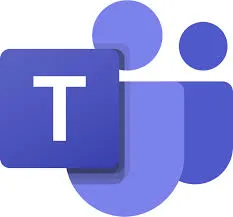
4. WhatsApp
WhatsApp is a free calling app like Skype for video and audio calling for free. It’s a powerful all-in-one communication platform that supports texting, voice and video calls, group chats, and even document sharing. It works on both mobile and desktop, and you can also access it through your browser with WhatsApp Web.
One of the key strengths is its end-to-end encryption, which keeps your messages and calls private and secure. For professionals and small businesses, WhatsApp Business offers additional features, like quick replies, automated messages, business profiles, and a Business API to help with customer support and outreach.
You can share files, images, videos, contacts, and even your location within chats. Group video calls support up to 32 participants, which is great for small teams or family gatherings. It’s ideal for quick communication, group calls, and staying in touch with contacts globally—without needing extra software or setup.
Key Features of WhatsApp
- High-quality one-on-one and group calls with up to 32 participants.
- Available on iOS, Android, Windows, macOS, and web browsers.
- Fast text messaging with support for voice notes, emojis, file sharing, and media.
- Organize conversations into structured groups with admin controls.
- Sync seamlessly with your mobile device for easy access on a computer.
Pros and Cons of WhatsApp
| Pros | Cons |
|---|---|
| User-friendly and widely adopted | Limited business-oriented features, like no screen sharing |
| End-end encryption for secure communication | Max 32 participants can join group video calls. |
| High-quality voice and video calls | No built-in call recording |
| Works perfectly on low-bandwidth connections |

If you are interested in reading more about messaging apps, we have enlisted some best apps like KiK for chatting and grouping with loved ones.
5. WebEx
When it comes to business video meetings, WebEx is one of the top alternatives to Skype. It’s designed to help teams stay connected, no matter where they are.
With this tremendous app, you can hold high-quality video meetings, share your screen, and work together in real time. It’s especially helpful for remote teams who need to collaborate on projects, attend training sessions, or provide customer support.
WebEx also allows you to add international phone call support for an extra fee. It integrates with other tools like Slack, Microsoft Teams, and Facebook Live, so you can easily connect it to the platforms your team already uses.
It offers strong video conferencing features with better tools for business users. It’s secure, reliable, and flexible great for both small teams and large companies.
Key Features of WebEx
- Share your screen, presentations, or specific apps with participants.
- Customize your video meeting environment for a professional look.
- Record meetings and get automatic transcripts for easy review.
- Strong security features, including encryption and compliance with enterprise standards.
- Seamless integration with Microsoft 365, Google Workspace, and other enterprise tools.
Pros and Cons of WebEx
| Pros | Cons |
|---|---|
| High-quality video & audio with large participant support | The user interface can be complex for new users |
| Strong security with end-to-end encryption | Limited features on the free plan (e.g., meeting duration) |
| Seamless integration with Microsoft 365, Google, etc. | Higher system resource usage, which can impact performance |
| Virtual backgrounds, live polls, and Q&A features |

6. Viber
Viber, an international video calling and messaging app, is considered a strong Skype alternative due to its similar features, like video and group calls. On top of that, it offers free messaging, voice calls, and video calls, just like Skype. You can also use it from your desktop, which makes it more flexible.
It is great for larger social groups too, thanks to its group calling feature. And if you like to add a bit of fun to your chats, there are tons of stickers to use. The app includes a few ads, but they only appear briefly like at the end of a call so they’re not too distracting.
It gives you the freedom to call anyone, anywhere, and still enjoy the same messaging and video features Skype offered. It’s a fun, easy-to-use app that works well for both personal and professional communication.
Key Features of Viber
- Text chats with multimedia sharing (photos, videos, voice messages, stickers).
- Secure, private messaging and calling with encryption for all communications.
- Available on Android, iOS, Windows, macOS, and Linux.
- Join open channels for topics of interest and large group discussions.
- Option to send messages that disappear after a set time for added privacy.
Pros and Cons of Viber
| Pros | Cons |
|---|---|
| Free voice & video calls with good quality | Not widely used for business or professional meetings |
| End-to-end encryption ensures secure communication | Group call limit (up to 50 participants) may be limiting. |
| Works across mobile and desktop platforms | Limited collaboration tools compared to Zoom or Teams |
| Rich messaging features (stickers, voice notes, file sharing) |
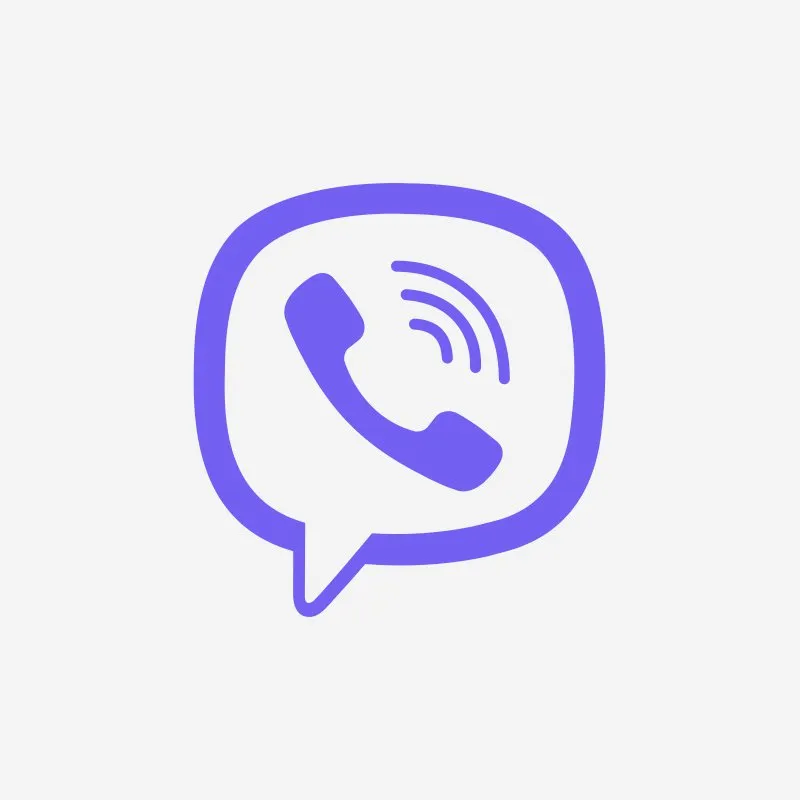
7. Jami
Jami serves as an alternative to Skype just because of its privacy, decentralized design and free calling for meetings or team collaboration. It’s privacy ensures your calls and messages stay private, transmitted directly between users without going through central servers.
Besides, it offers several useful features, too. These include high-definition video calls, voice messaging, instant messaging, and file sharing. Its free availability and secure features make it the ideal choice among apps like Skype to use now.
All in all, it is ideal for users who prioritize security and privacy. Its decentralized nature makes it a strong choice for individuals who want to keep their communication private.
Key Features of Jami
- No central servers—data stays between users, enhancing privacy.
- Supports HD video calls, voice calls, and instant messaging.
- Works on Windows, macOS, Linux, Android, and iOS.
- Users create unique IDs without linking personal data.
- Send files securely during chats or calls.
Pros and Cons of Jami
| Pros | Cons |
|---|---|
| Fully decentralized and peer-to-peer | Limited user base compared to mainstream apps |
| Strong focus on privacy with end-to-end encryption | No group video calls (as of the latest stable versions) |
| No personal data is required (no phone number or email needed) | Occasional performance issues or bugs, especially on mobile |
| Cross-platform and open source |

8. WeChat
WeChat is another similar apps like Skype, offering similar features like voice, text, and video calls. It also supports group chats, video sharing, and even video games. The app is available for mobile devices, with versions for iOS, Windows, and Android.
WeChat is particularly popular in China and has a global presence, making it a good option for international communication.
It also facilitates standalone desktop apps for macOS and Windows. You can find these in the app stores. While, it is mostly used for personal communication, it also includes features for business, such as payments and public accounts.
Overall, it’s a versatile platform that can be used for both personal and business communication.
Key Features of WeChat
- One-on-one and group calls with stable audio and video quality.
- Text messaging with support for voice notes, images, videos, stickers, and emojis.
- Features like “Moments” (timeline-style posts) and public accounts.
- Share documents, images, and real-time location in chats.
- Sync your mobile WeChat with web or desktop for multi-device use.
Pros and Cons of WeChat
| Pros | Cons |
|---|---|
| All-in-one app with messaging, calling, and social features | Heavily censored and monitored in certain regions (especially China) |
| Voice and video calls with decent quality | Privacy concerns due to data collection and surveillance practices |
| Cross-platform support (mobile, desktop, web) | Requires mobile number for sign-up |
| File sharing, location sharing, and group chat management |

9. Talky
Talky is a great social media app like Skype, which is perfect for group video chats with up to fifteen people. The app provides several features, such as enabling screen sharing, so all participants in a chat can see the screen of the individual whose display is currently being shared.
You can keep conversations private by encrypting the room with a password. All you have to do is share the URL with the chat partners. It is perfect for users who want an effortless video call with a small group.
While it lacks some advanced features, its ease of use and password protection make it a great option for casual or small group meetings.
Key Features of Talky
- Start a video call instantly by creating a room link—no account needed.
- Supports up to 6 participants in a room (12 in some versions or self-hosted setups).
- Easily share your screen with other participants during a call.
- 100% web-based—no downloads or installations are required.
- Lock rooms with a password to prevent uninvited guests.
Pros and Cons of Talky
| Pros | Cons |
|---|---|
| No sign-up or installation is required. | Limited to small group calls (typically up to 6 participants) |
| Free to use and browser-based | Lacks advanced features like chat history, file sharing, or recording |
| Simple and user-friendly interface | Call quality can vary depending on browser and connection. |
| Built-in screen sharing |
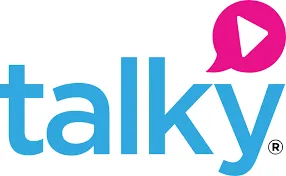
10. ClickMeeting
ClickMeeting is one of the versatile apps like Skype designed for scheduling business meetings, webinars, and presentations. One of its standout features is screen sharing that allows you to share videos, slideshows, or even give participants control of your mouse for interactive sessions.
In addition, it includes features, like Q&A sessions, live polls, and survey options. These features help to engage your audience and gather valuable feedback during meetings.
While Skype is primarily known for basic voice and video calls, it goes a step further by providing a comprehensive suite of tools designed for professional communication.
Its ability to support large webinars, audience engagement through live polls, and real-time collaboration features make it a better choice for businesses that require more than just video calls. If you need advanced features for business communication or virtual events, it is a powerful alternative to Skype.
Key Features of ClickMeeting
- Host various types of webinars, including live sessions, automated events, and on-demand presentations.
- Utilize features like screen sharing, whiteboard, polls, surveys, and Q&A sessions to engage participants.
- Work seamlessly across modern browsers and devices, including iOS and Android.
- Divide participants into smaller groups for focused discussions or activities.
- Record sessions and store them for future access or distribution.
Pros and Cons of ClickMeeting
| Pros | Cons |
|---|---|
| Browser-based — no software installation needed | Free version has limited features and branding |
| Supports live, automated, and on-demand webinars | Pricing may be high for small businesses or infrequent users |
| Interactive tools like polls, Q&A, whiteboard, and breakout rooms | The interface can feel overwhelming for beginners |
| Excellent analytics and reporting tools |
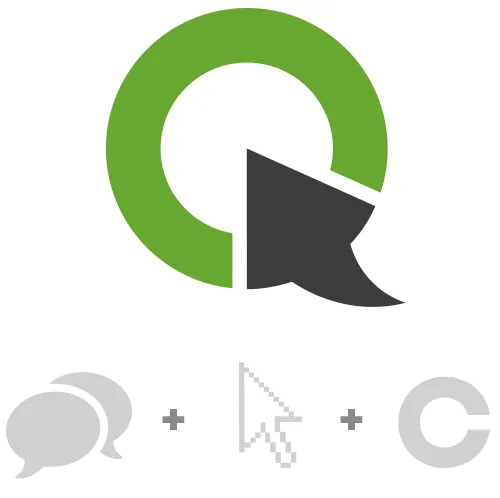
11. RingCentral
RingCentral is another popular app like Skype that comes with several incredible features, such as built-in chat, screen sharing with annotation, and the ability to schedule and record video calls. The renowned app related to Skype has the option to initiate and plan calls straight from these third-party services.
Users can sync their calendars with the RingCentral platform. It permits them to see their entire day’s agenda in one place. Businesses who utilise Slack, Google Workspace, or Microsoft 365 for digital collaboration will also find RingCentral to be a great fit due to its cross-platform integration, and other innovative features and functionalities.
Key Features of RingCentral
- Combines messaging, video conferencing, and cloud phone services in one interface.
- Host high-quality video meetings with screen sharing, recording, and breakout rooms.
- Real-time team chat with file sharing, task management, and integrations.
- Full-featured VoIP phone system with call routing, voicemail-to-email, and call forwarding.
- Live transcription, meeting summaries, and background noise reduction.
Pros and Cons of RingCentral
| Pros | Cons |
|---|---|
| All-in-one solution for messaging, video, and phone calls | Can be expensive for small businesses or individual users |
| High-quality HD video and audio meetings with up to 200 participants | The complex interface may have a steep learning curve for new users |
| Seamless integration with popular apps (e.g., Microsoft 365, Salesforce) | Limited customization options compared to some competitors |
| Cloud-based, mobile, and desktop support |

12. GoToMeeting
GoToMeeting is also considered the best choice among apps like Skype, designed specifically for business users. One thing that sets it apart is how easy it is to use on mobile devices. With just a single swipe, you can join meetings, adjust the settings, and ensure the best call and video quality.
Available for both Android and iOS, GoToMeeting’s mobile apps have received great reviews for being reliable and user-friendly. This is a big plus for people who need to attend meetings from anywhere, unlike other platforms that may not offer a smooth mobile experience.
Skype is known for its basic communication features, though, it offers a more robust solution for businesses. Its mobile-first approach, combined with screen sharing, meeting recording, and integrations with productivity tools, positions it a superior choice for professional meetings and collaborative work.
Key Features of GoToMeeting
- Share your screen, specific applications, or give remote control to participants.
- Record meetings for future reference or sharing, with automatic transcriptions available in higher-tier plans.
- Easy-to-share meeting URLs and customizable invitations for quick scheduling.
- Connect with popular tools like Microsoft Office 365, Google Calendar, and Slack.
- Control access by locking meetings or using a virtual waiting room.
Pros and Cons of GoToMeeting
| Pros | Cons |
|---|---|
| High-quality HD video and audio for professional meetings | Can be pricey for small businesses or casual users |
| Screen sharing, recording, and remote control features | Limited participant capacity on lower-tier plans |
| Mobile and desktop apps for cross-platform support | User interface can be complex for new users |
| Advanced security features with end-to-end encryption |

Verdicts
Nowadays, social media apps like Skype have become more than just a convenience. There is no doubt that Skype was once the go-to platform for messaging and video calls, however, people now have several options available in the mainstream markets as per their requirements.
Since, it’s about to shut down, every other group of professionals and businesses are looking for Skype alternatives for successful collaboration and communication.
The key is identifying what matters most to you—be it ease of use, advanced features, or platform compatibility. While no single app is perfect for every user, the variety now available ensures that there’s a solution for virtually every communication scenario.
We hope you find this blog useful and informative.
Frequently Asked Questions about Apps like Skype
Q1. Is Skype shutting down soon?
Yes, it is. Microsoft has announced that Skype will be shutting down on May 5, 2025.
Q2. What are the key differences between Skype and its alternatives?
The main differences between Skype and its alternatives lie in their features, user interfaces, and target audiences. While Skype is great for personal use and basic communication, apps like Zoom and Microsoft Teams offer advanced features like large-scale meetings, team collaboration tools, and integrations with other business software.
Q3. Can I use Skype alternatives for both personal and business communication?
Yes, many Skype alternatives are versatile enough to be used for both personal and business communication. Apps like Zoom, Google Meet, and Microsoft Teams cater to both personal video calls and professional meetings. Apps like Viber and WeChat are more focused on social messaging but also offer features for group calls and professional use in certain contexts.
Q4. Are Skype alternatives free to use?
Many apps similar to Skype, such as Google Meet, Zoom, and Jami, offer free versions with basic features like limited meeting durations or a cap on the number of participants.
However, advanced features (such as larger participant limits, extended meeting times, or additional collaboration tools) are usually available in paid plans.
5. Are apps related to Skype more secure than Skype?
Many Skype alternatives, such as Signal, Jami, and Webex, offer end-to-end encryption and advanced security features like data compliance (GDPR, HIPAA).
Apps like Zoom and Google Meet also prioritize security, though Skype has made significant improvements over time, such as adding end-to-end encryption for personal chats.

